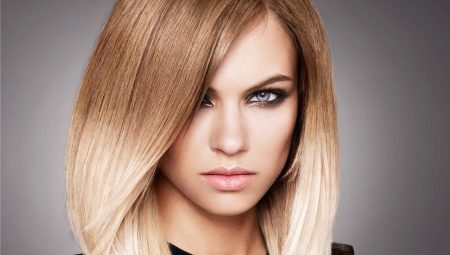A rare modern woman will deny herself the pleasure of changing her image. Perhaps she will not agree to a radical change. Hair coloring is the best way to bring novelty to a familiar look. For fair-haired women, there are many options.
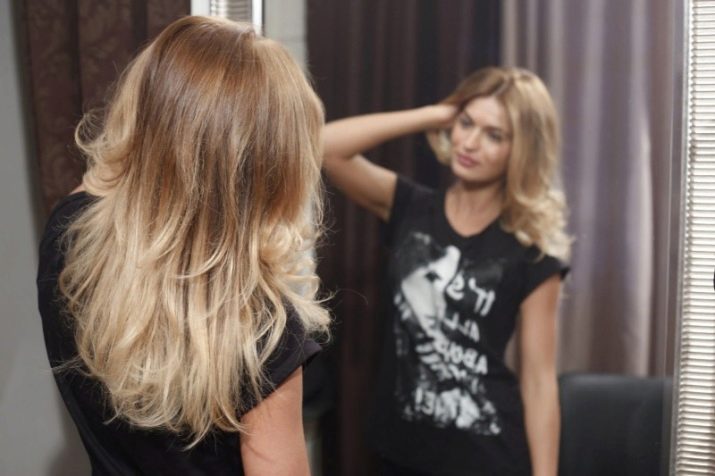
Features
A distinctive feature of blond hair is a small amount of pigment in comparison with dark and red curls. As a rule, they are rarely thick in natural blondes, moreover, their number is greater than that of brunettes. Blonde hair is thin, their structure is such that they become greasy faster than others and need to be washed. This is explained by a large number of hair follicles and sebaceous glands.
Despite these nuances, it is blond hair that is better than others to dye. Unlike dark and red ones, pigment of any color lays well and evenly on them. In this case, it is far from always necessary to resort to preliminary clarification of the strands.
However, it is worth noting that it is fair hair that needs increased protection against the negative effects of coloring substances. Therefore, the periods between stains have to be increased.
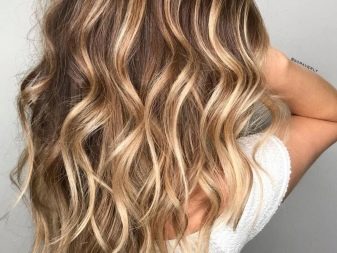
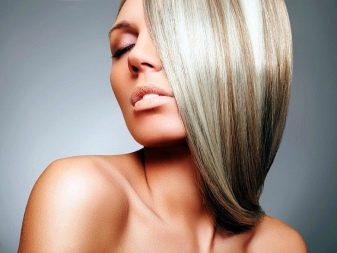
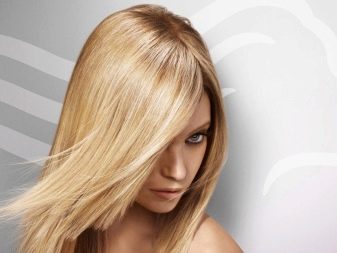
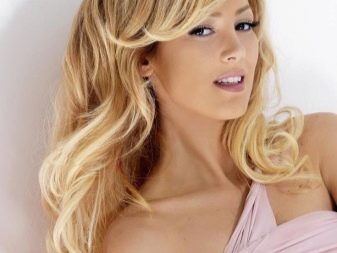
When staining blond hair, it is important to consider the age of the woman. The fact is that the hair structure of blondes changes with age. Their life cycle is shorter, they are thinning. In order to extend the beauty and health of curls, you have to carefully consider the choice of paint, select complex regenerative procedures. Despite the fact that thinning is not so noticeable against the background of light scalp, not every paint is suitable for use.
Dyeing blonde hair can be performed on natural strands or previously dyed.In the second case, before using the dye, you have to perform blonding, washing the remaining pigment from the hair, thereby forcibly opening the hair scales. After this, the hair needs a week break to restore the structure. Then they begin to neutralize yellowness, and only after that - to color. Natural curls are simpler: permanent paint is quite enough to work with them.
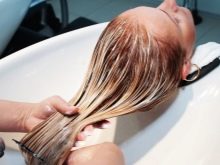
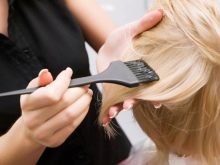
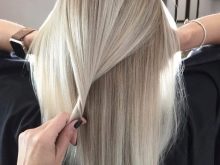
When coloring fair hair, several key rules must be considered.
- If possible, permanent coloring preparations should be replaced with products without ammonia. It is important to pay attention to their composition indicated on the package.
- When buying an oxidizing agent, it is important to consider its percentage: in some cases, a 3% solution is suitable for staining light curls.
- To give freshness and richness to its natural color, it is enough to purchase a paint a couple of shades darker. She will stay longer in strands.
- Not every natural paint (for example, henna or basma) will give the desired result. Sometimes this staining gives a green color.
- Cheap paints often do not give a beautiful shade. You need to buy the drug from a trusted manufacturer with a good reputation.
- Do not overdo the paint, as this can cause hair loss.
- You can not use a drug with an expired shelf life, since the reaction of the components can adversely affect the structure and condition of the strands.
- You can not wash off dyed hair with too hot water: this leads to drying out, brittleness and weakening of hair follicles.
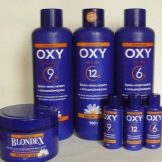
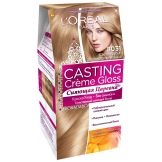

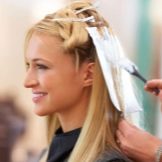
For initial staining, it is preferable to contact a professional stylist. He will choose the best color and type of product. In this case, the master can independently prepare a cocktail of coloring preparations, mixing them together and choosing the right percentage of oxidizing agent.
Staining of fair hair is complete and partial. Wherein the choice of one or another option should be deliberate, focused on the woman’s color type, her lifestyle and the structure of the strands. Plain staining is considered a classic. It is relevant outside of time and is suitable for blondes of different ages with hair of different lengths.
Partial coloring is diverse today, it creates beautiful effects, including sun glare and volume giving to rare strands. For example, this can be achieved by coloring individual strands with rubbing them with a dry brush. In addition, partial coloring allows you to create a creative image, which is often so thirsty for youth. Due to the use of bright pigments, it looks catchy, spectacular and stylish.
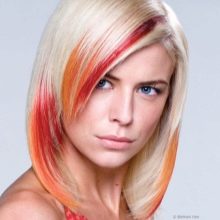
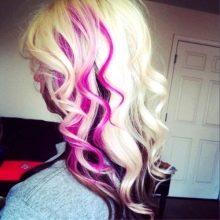

Hair coloring can be longitudinal, transverse and zonal (for example, if desired, you can only paint the temporal zone or even bangs). Today, the trend of creative staining in different colors, which is performed on the curls of the occipital part of the head, is gaining popularity. If you walk with loose hair, the creative color will not be visible, when you pin the strands up, it will open. This type of coloring is especially good for bright fashionistas who have to work in the office or study in educational institutions where there is a strict dress code.
As a type of exposure to curls, dyeing of fair hair can be persistent and temporary. Dyes of the first type penetrate into the hair, which ensures a longer lasting effect. The pigments of the second preparations envelop the hair from the outside, thereby creating a protective laminating film. That is why the strands after coloring seem shiny and healthy.
However, such cosmetics have a significant drawback: they are washed off much faster than persistent paints.
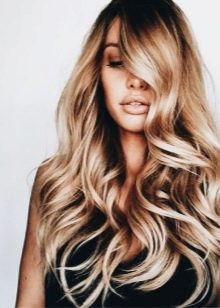
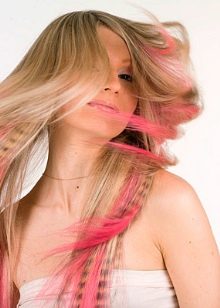
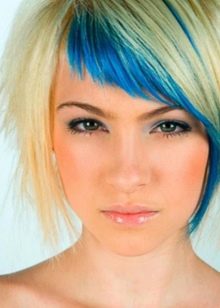
Fashionable Techniques
Today, at the peak of popularity, such tones as sand, honey and oil blond, strawberries, champagne, antique rose, lilac color, rose quartz and ash. In addition, silver-ash or light graphite is very popular. There are many popular techniques that modern fashionistas have resorted to to create a new image.
- Highlighting is a technique for partial dyeing of individual strands with the effect of fading hair under the sun. In the traditional version, it is complemented by tinting. It is called contrasting when bright tones that are not related to the selected color are used in the procedure.
For coloring use a lot of tones, and often the selected shades differ in brightness.
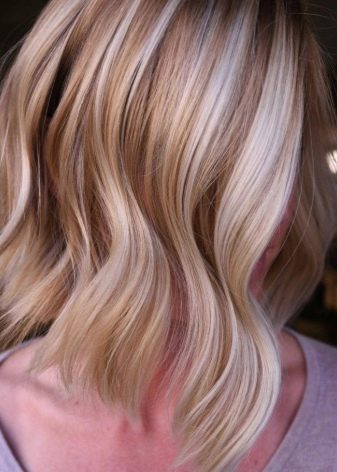
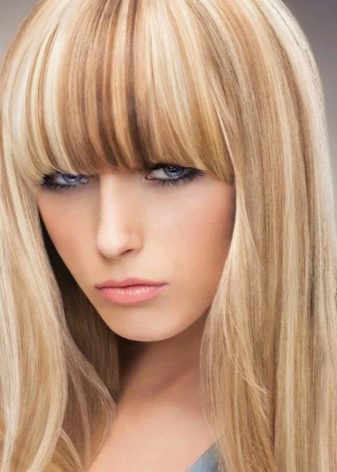
- One of the current techniques for staining curls is ombre with its characteristic lightening of strands from the middle of their length to the tips. The technique provides for tinting, while its main feature is the presence of a transition from dark to light. The transition can be both smooth and sharp. Such staining looks especially advantageous on long strands. However, they do ombre and short haircuts.
This technique is ideal for chubby fashionistas. It refreshes the face and helps the woman look more attractive. They make an ombre in the traditional way, a strip, with a burnout effect, with tongues of flame.
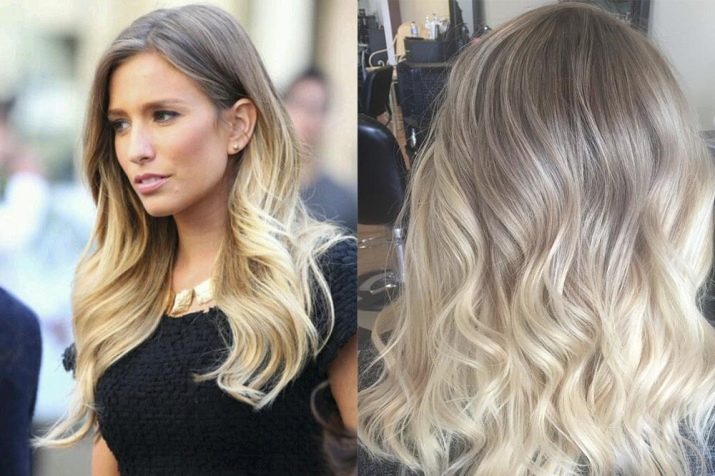
- Balayazh - a technique for coloring curls, in which the stylist brushes the applied pigment with a brush, achieving the most natural and almost imperceptible transition from the painted area to the unpainted one. This technique is good in that when hair regrowth is not necessary for correction. The hairstyle looks natural and neat. The transition between the shades is smooth, when staining using natural tones of pigments, due to which it is possible to both darken the strands and give them a glare effect.
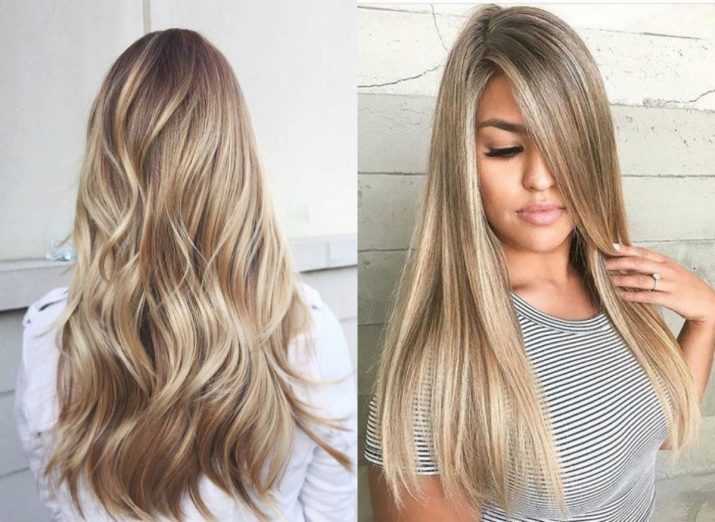
- Reservation - The technique of dyeing individual strands with a gentle effect. It is used if previously a dark color was applied to fair hair. Apply 3 dyes, alternating them with each other. The difference between the technique is the fact that the roots of the strands are not stained with it.
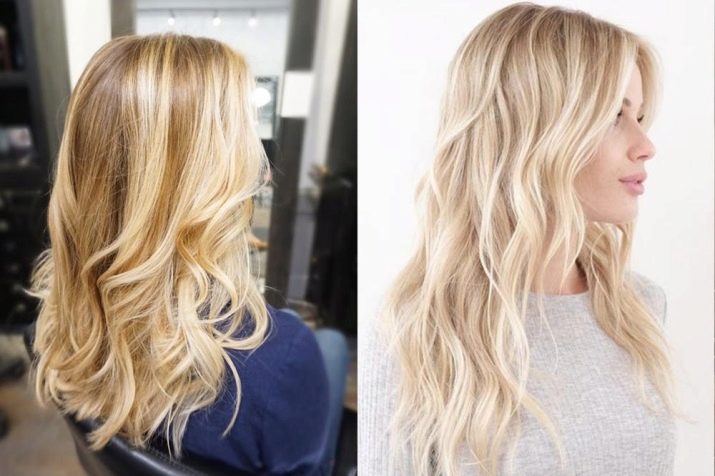
- Air touch. The technique is interesting in that a hairdryer is used in the process. With its help, short hair is blown out of a taken separate strand, working with longer ones. They use a dry brush and several shades of paint of the same color, blending the pigment with a minimal transition. Due to the fact that you dye your hair with thin strands, the effect is unique: it seems that the hairstyle has become thicker, and the curls themselves have gained vitality and radiance.
Such coloring is suitable for hair of any length and structure, straight and wavy.
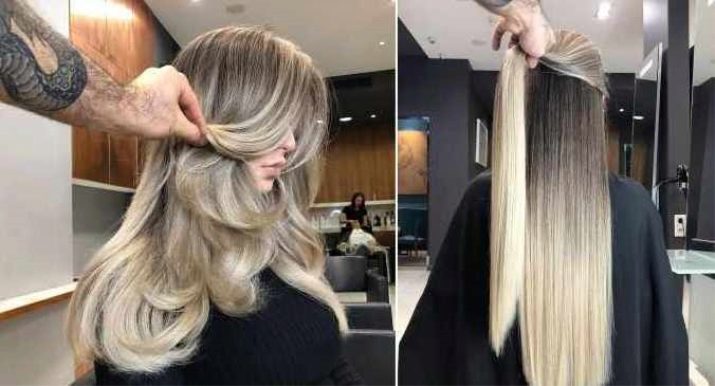
- Screen painting is in great demand among representatives of youth subcultures and shocking fashionistas. In fact, this is applying to the strands of a certain pattern with special paint using a pre-prepared template. This type of dyeing on straight long hair looks ideal, since you can not be limited in size and choice of pattern. The pigment for it can be temporary, due to which you can use the technique to create a creative image for a short period.
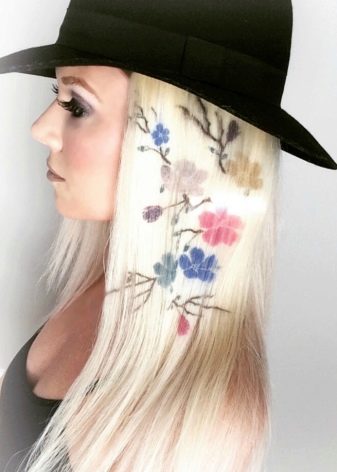
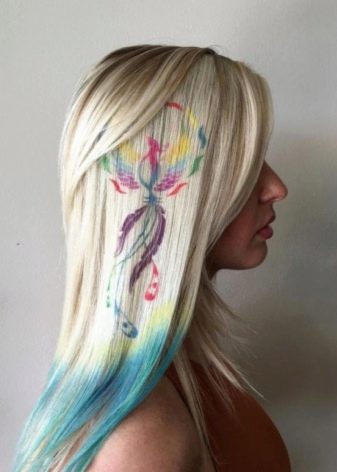
- Pixel Staining has an unusual look. As a rule, it means layer-by-layer coloring of individual strands superimposed on each other in order to create a specific geometric pattern. Moreover, the pixels themselves can be made in the same tone with varying degrees of intensity, or multi-colored. The staining technique requires the use of bright pigment tones and the required gradient. The ideal basis for it are haircuts with asymmetry.
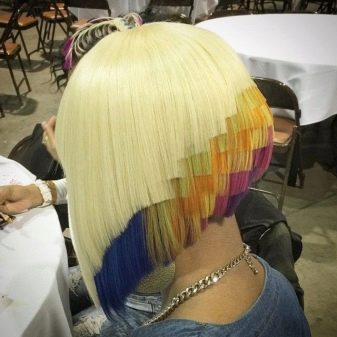
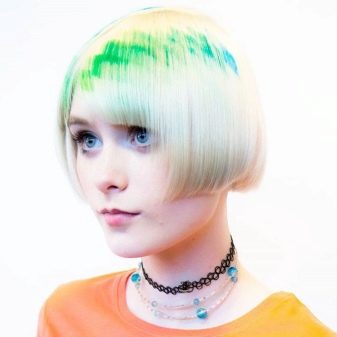
How to paint at home?
The method of dyeing fair hair at home will depend on what technique is chosen as the basis of work. For example, if it is an ombre, then it will have to be performed in two steps: first you have to lighten the strands and only after that do tinting.
- Hair is divided into 2 parts with a straight parting, then the number of sections is increased from 2 to 6–8 (depending on the thickness of the hair).
- Each strand is treated with an oxidizing agent, prepared in full compliance with the requirements of the instructions attached to the paint.
- After the set time, the oxidizing agent is washed off with strands, the washed curls are dried and divided into several sections.
- Next, a tinting agent is applied to the lightened strands, distributing it with an even layer. The dye is applied twice to the tips: this is necessary to create a smooth transition.
- At the end of the procedure, the composition is washed off under a stream of warm water.
- If necessary, the paint is applied to the ends again and washed off again when the time of its exposure is over.
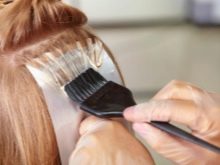
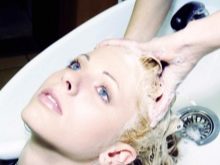
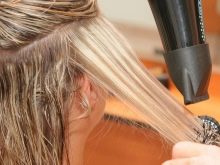
If full staining is planned, the head should not be washed for at least a couple of days so that the hair roots and scalp have natural protection.
You can apply any oily or baby cream to the skin along the hairline. The components of the paint are mixed in a special container and used immediately after preparation. The mixture is applied with a brush to dry hair divided into sections (so they are better dyed), working with gloves. Start from the back of the head, gradually moving to the top of the head. Then whiskey is stained, and at the end - bangs (if any). At the end of the exposure time, the paint is washed off.
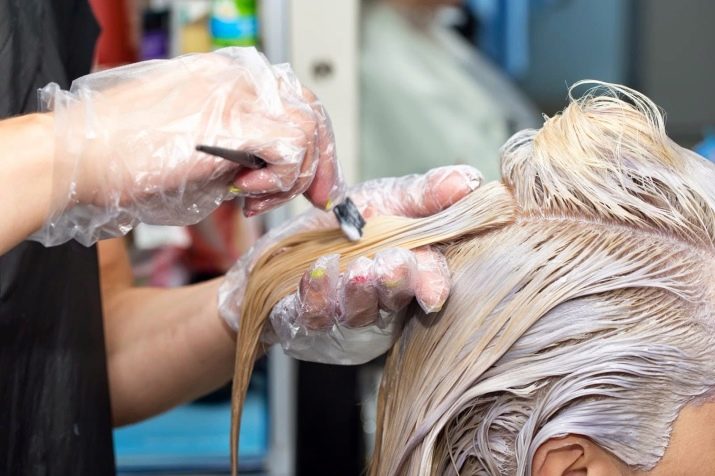
Beautiful examples
To appreciate the different options for staining blond hair, offer to contact the photo gallery:
- balayazh on fair hair;

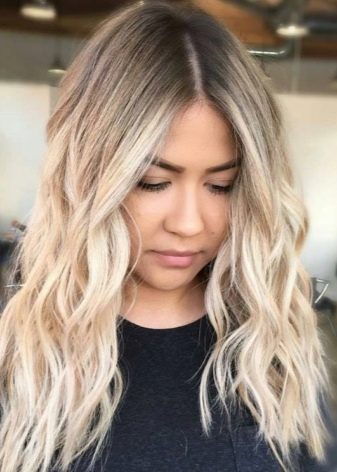
- shuttle with light tips;
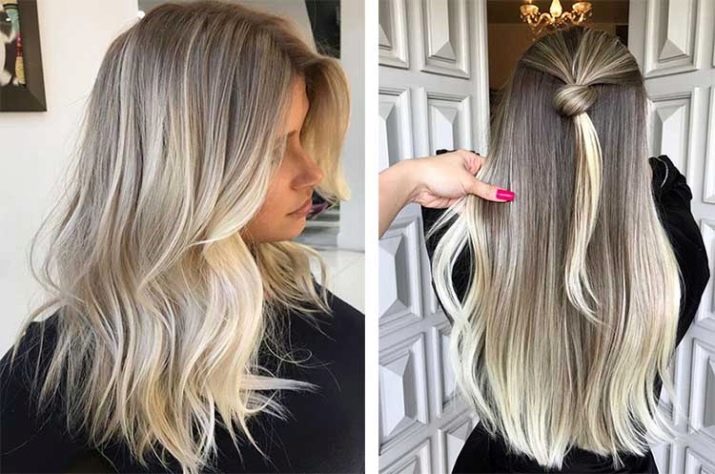
- air touch on long hair with the effect of natural radiance;
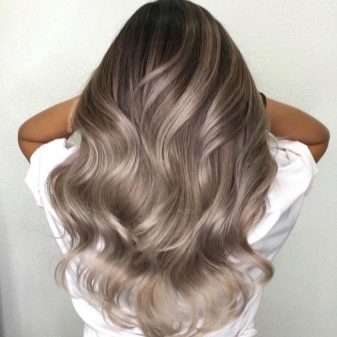
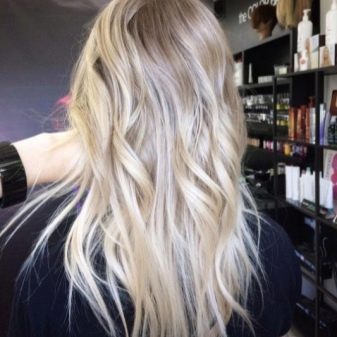
- air touch with a pinkish tint;

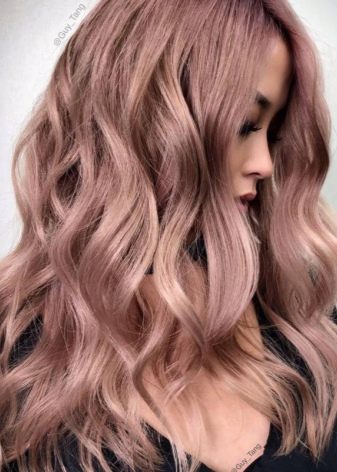
- reverse ombre on fair hair;
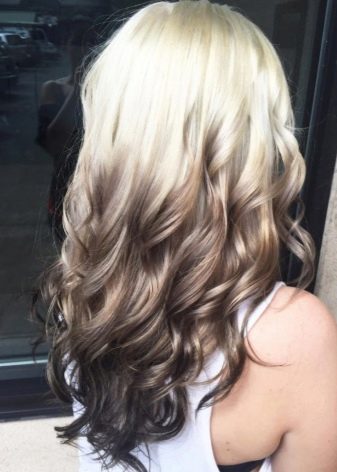
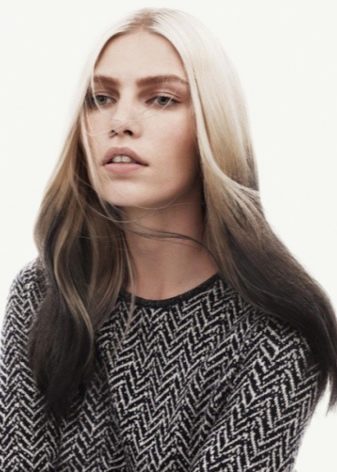
- coloring of hair of medium length with a game of warm and cold tones;

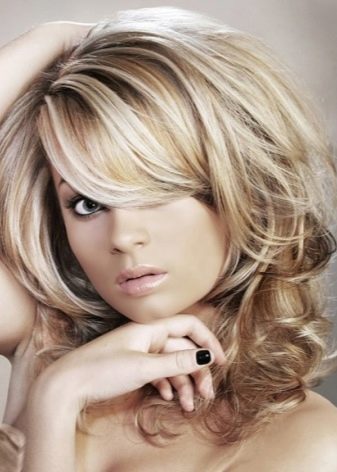
- creative coloring of a short haircut;
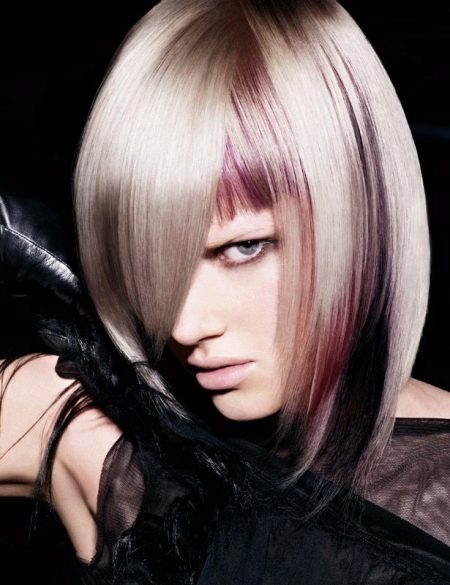
- screen staining of the caret.
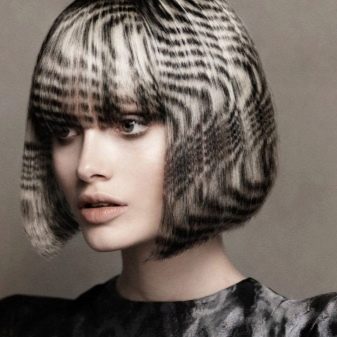

About ombre, sombre and bronding, their difference between each other, hair coloring techniques, see the next video.
